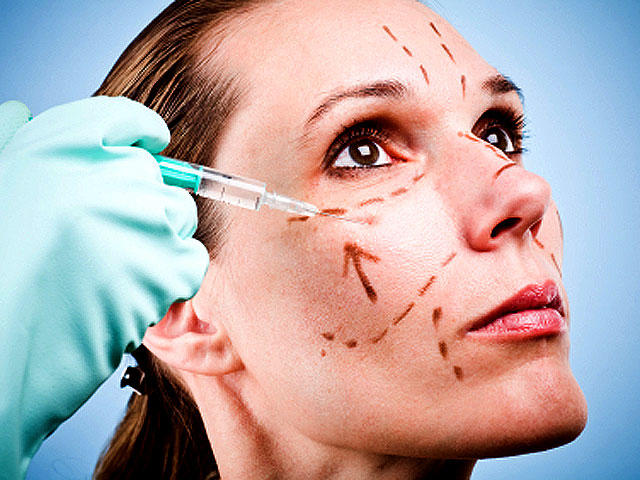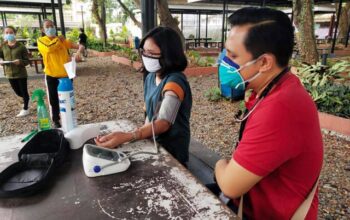In today’s world, the quest for physical perfection has become a significant driving force behind the increasing popularity of plastic surgery. People from all walks of life are considering various plastic surgery procedures to enhance their appearance, boost their self-esteem, and achieve their desired aesthetic goals. From facelifts to breast augmentation, the field of plastic surgery offers a multitude of options. In this article, we will delve into the world of plastic surgery, exploring the different types of procedures available and the essential aspects to consider before undergoing them.
The Art of Plastic Surgery
Plastic surgery is a medical specialty that focuses on the restoration, alteration, or reconstruction of the human body. It involves both cosmetic surgery, which aims to enhance one’s appearance, and reconstructive surgery, which focuses on repairing physical defects caused by injuries, diseases, or congenital conditions. The intricate craftsmanship of plastic surgery requires skill, precision, and an artistic touch.
Cosmetic vs. Reconstructive Surgery
- Cosmetic Surgery: Cosmetic surgery aims to enhance the patient’s appearance. It encompasses a wide range of procedures, such as rhinoplasty (nose job), breast augmentation, liposuction, facelifts, and tummy tucks. These surgeries are usually elective and cater to individuals seeking to improve their physical features for aesthetic reasons.
- Reconstructive Surgery: Reconstructive surgery is focused on correcting functional impairments or disfigurements resulting from congenital anomalies, injuries, or medical conditions. Procedures like breast reconstruction after mastectomy, cleft lip repair, and scar revision fall under this category. The primary goal is to restore normal appearance and function.
Common Types of Plastic Surgery Procedures
Now, let’s explore some of the most common plastic surgery procedures and their purposes:
1. Rhinoplasty
Rhinoplasty, commonly known as a “nose job,” is a procedure that reshapes the nose. It can be performed for cosmetic purposes, such as altering the size or shape of the nose, or for functional reasons, like improving breathing. Rhinoplasty requires a surgeon with a keen eye for balance and proportion.
2. Breast Augmentation
Breast augmentation involves enhancing the size and shape of the breasts using implants or fat transfer. This procedure is sought after by individuals looking to achieve a fuller and more voluptuous bust. It’s crucial to consult with a skilled surgeon to determine the most suitable implant type and size for your body.
3. Liposuction
Liposuction is a body contouring procedure that removes excess fat from specific areas of the body. It is ideal for individuals struggling with stubborn fat deposits that are resistant to diet and exercise. Liposuction can sculpt the body and provide a more toned appearance.
4. Facelift
A facelift, or rhytidectomy, is a surgical procedure aimed at reducing the visible signs of aging on the face and neck. It involves tightening the skin, repositioning facial tissues, and removing excess skin to create a more youthful and rejuvenated look.
5. Tummy Tuck
Also known as abdominoplasty, a tummy tuck is designed to remove excess skin and fat from the abdominal area while tightening the abdominal muscles. It is often sought by individuals post-pregnancy or significant weight loss to achieve a flatter and more toned midsection.

Choosing the Right Plastic Surgeon
Selecting the right plastic surgeon is a critical decision when considering any plastic surgery procedure. Here are some tips to help you make an informed choice:
- Board Certification: Ensure the surgeon is board-certified in plastic surgery, indicating that they have received specialized training and have met the necessary standards.
- Experience: Look for a surgeon with significant experience in the specific procedure you are considering. A seasoned surgeon is more likely to deliver successful results.
- Before-and-After Photos: Ask to see the surgeon’s before-and-after photos of previous patients to gauge their skill and the quality of their work.
- Patient Reviews: Read reviews and testimonials from previous patients to gain insights into their experiences and satisfaction with the surgeon.
- Consultation: Schedule a consultation with the surgeon to discuss your goals, concerns, and the procedure in detail. This is an opportunity to assess the surgeon’s communication skills and professionalism.
The Importance of Realistic Expectations
It’s essential to have realistic expectations when considering plastic surgery. While these procedures can lead to significant improvements in appearance and self-confidence, they are not magic solutions. Understanding the limitations and potential risks associated with surgery is crucial.
Conclusion
Plastic surgery offers a wide array of options to help individuals achieve their desired aesthetic goals, whether for cosmetic enhancement or reconstructive purposes. The decision to undergo plastic surgery is a personal one and should be made after careful consideration and research. If you found this article useful, you may also visit Kappa Effe to read more about plastic surgery.





